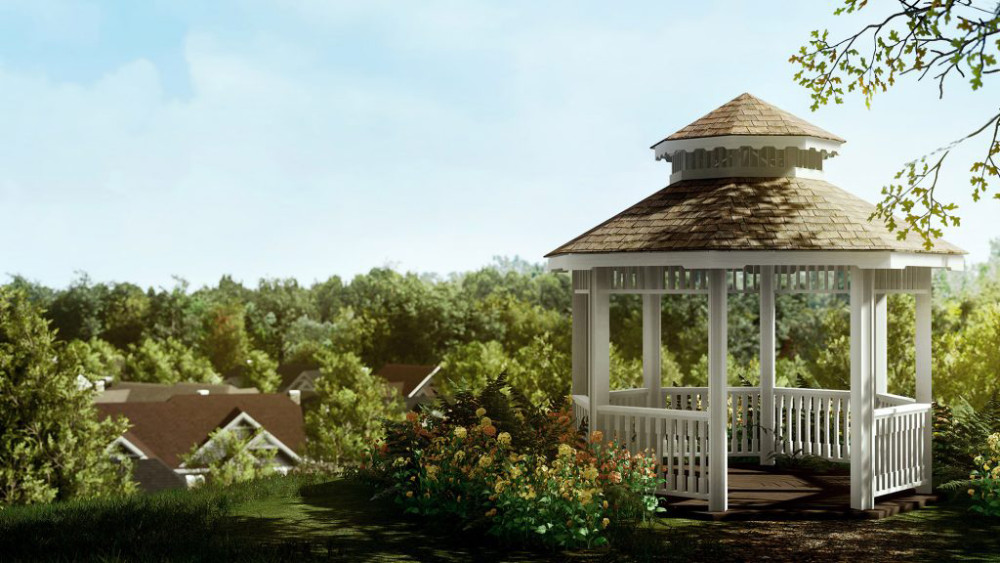The Benefits of Broadview
As a college community dedicated to sustainability, we have carefully considered the impact of the Broadview Senior Living construction project on our environment.
We’re pleased about the positive steps we’re taking to foster a sustainable, intentional landscape.
Native Plantings
While the construction of Broadview necessitates the removal of existing trees and vegetation, it also provides us with a great opportunity to plant new trees and vegetation that are more sustainable. The project includes the planting of new canopy trees, evergreen trees, ornamental trees, shrubs, perennials, and groundcovers, the majority of which are native to the area.
The benefit of planting native plants and trees is that they are well-adapted and will require less maintenance in terms of water, fertilizer, or pesticides in order to flourish. Likewise, the grass types that will be planted are able to withstand minor droughts, which limits the need for supplemental irrigation.
Many of the new plants are also pollinator-friendly, meaning they will attract birds and insects to their flowers and seeds, adding another layer of habitat interactions and activities that are positive for the campus.
Preservation and a Park
Along with the preservation of over 80 acres of open space as a requirement of this project, the Broadview campus will include a park area with walking paths and benches that will be open to the whole campus to enjoy.
In addition to the continued preservation of all of the marked wetlands, the project will also include new rain gardens and bioswales to help address and filter surface stormwater. These areas will be planted with more native plant species that will bring a greater diversity of pollinators and other inhabitants, making for a richer faunal population, helping our natural habitat thrive.
